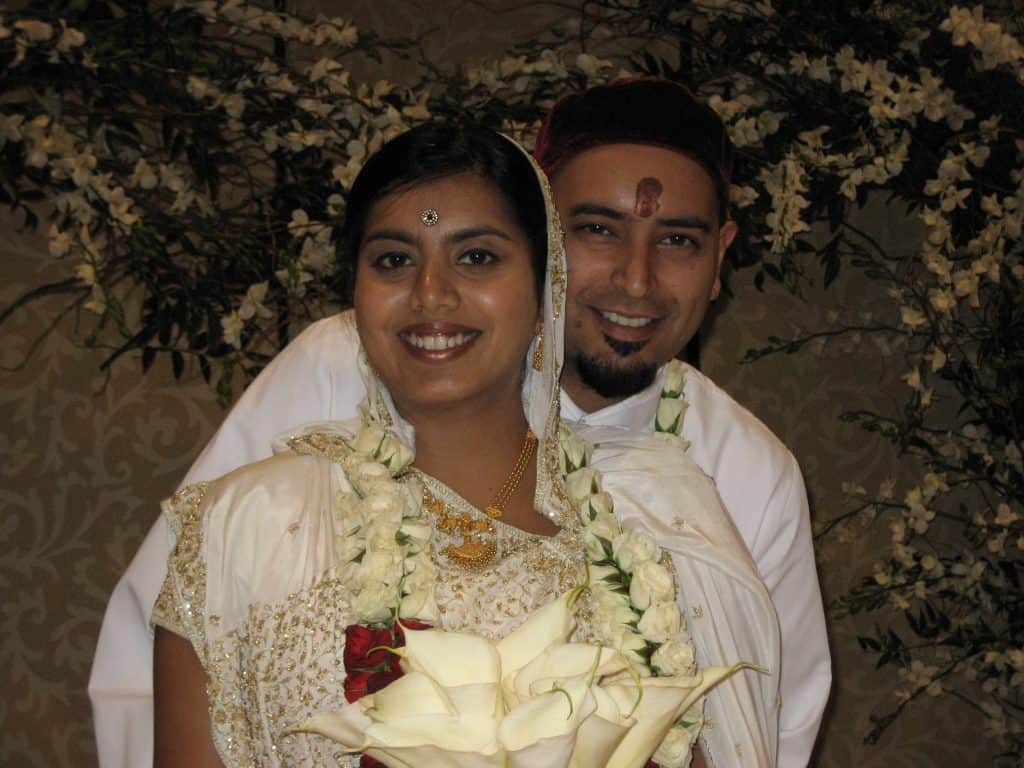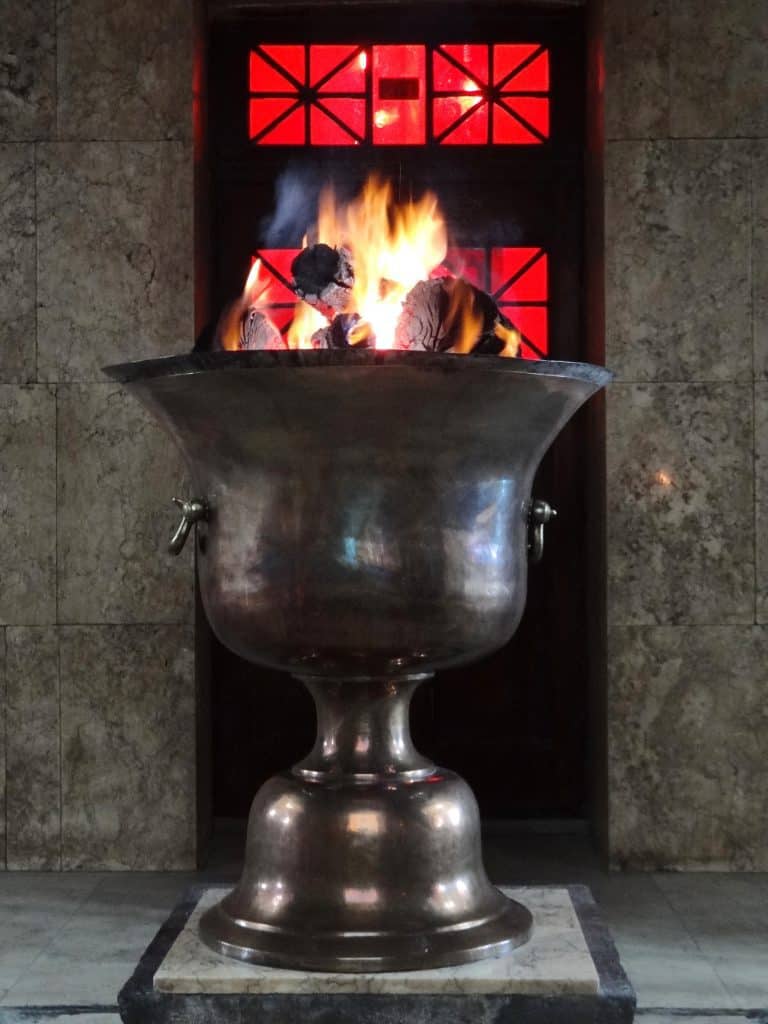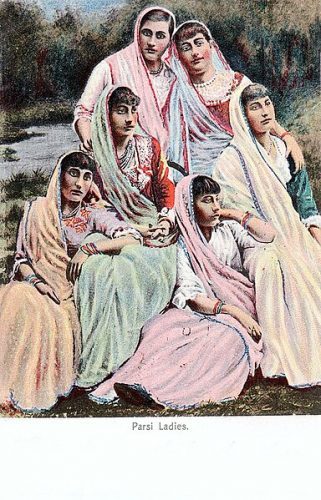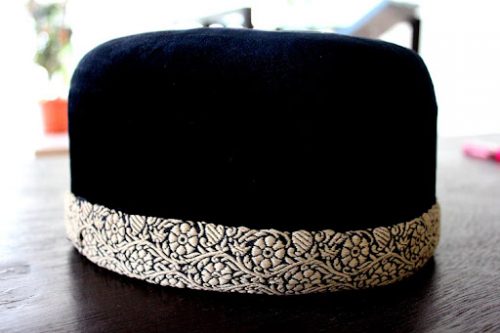Parsi weddings are a beautiful blend of ancient traditions and joyous celebrations, reflecting the rich cultural heritage of the Parsi community.

Rooted in Zoroastrianism, these weddings are not just about the union of two individuals, but also a celebration of life, family, and faith. The vibrant ceremonies are marked by intricate rituals, each holding deep symbolic meanings that have been preserved through generations.
A Parsi wedding is celebrated for its simplicity and strong adherence to traditions and rituals. The Parsi Lagan, or wedding, is filled with vibrant and joyful customs that take place over several days. The unique and fascinating rituals start at the engagement and end with a grand post-wedding reception. This event showcases rich Parsi culture with great music, wine, and dining.
From the auspicious Rupiya-Pervi (engagement ceremony) to the sacred Lagan (wedding ceremony), Parsi weddings are a testament to the community’s devotion to their customs. The rituals, such as the Adarni, where gifts are exchanged to welcome the bride into the groom’s family, and the Madhavsaro, involving the planting of a tree to symbolize growth and prosperity, add layers of significance and joy. Amidst the prayers, blessings, and playful traditions, Parsi weddings are a joyous celebration of love, unity, and timeless traditions.
Lets explore the traditions and rituals of the Parsi wedding:
Post Wedding Traditions
Rupiya-Peravanu
Rupia Peravanu is an informal engagement ceremony where both families celebrate the acceptance of the marriage alliance. On this day, the groom’s female relatives visit the bride’s home, presenting her with silver coins and traditional gifts. After refreshments, they return home. The bride’s family then adds more silver coins to the gift and visits the groom’s home to repeat the ceremony. This tradition is believed to bring prosperity and luck to the couple’s new life together.
Madhavsaro (Planting of the Tree):
The Madhavsaro ceremony takes place four days before the wedding. In this special Parsi wedding tradition, the bride’s and groom’s families plant a sapling in a flower pot to symbolize fertility. The plant, usually a mango sapling, is placed near the house entrance and nurtured daily. Seven to eight days after the wedding, it is transplanted to a permanent spot. The soil used for planting is mixed with metal chips (like gold and silver), paan (betel leaf), supari (betel nut), haldi (turmeric), and dry dates.
Divo Adarni
Adarni is a pre-wedding ceremony in Parsi weddings where the groom’s family visits the bride’s home to formally accept her into their family. They bring gifts like clothes, jewelry, and sweets. The bride may also visit the groom’s home for this tradition, but the groom does not do the same.
The festive atmosphere is filled with music, laughter, and camaraderie, with guests enjoying a traditional meal of sev and dahi, boiled eggs, and bananas. This ritual symbolizes the merging of two families, mutual respect, and love, marking an important step in the wedding celebrations.
Supra nu Murat (Ritual Bath):
In a Parsi wedding, the Supra Nu Murat ceremony is similar to the colorful Haldi ceremony. Five married women sit in a circle and take turns pounding a special bundle of betel nut, betel leaf, dates, turmeric, and coconut, called Supra. Four of these women each receive a supra with auspicious items like paan, supari, haldi, dates, and coconut.
While singing ritual songs, they exchange the supras seven times in various directions. The fifth woman sits in the middle with a pestle and dry turmeric. After the supras are passed, all five women join to beat the turmeric with milk, creating a paste. This paste is then applied to the groom and bride by their family members, accompanied by blessings.
Nahan (Purification Ceremony)
Before the Parsi wedding ceremony, the bride and groom undergo the Nahan ritual for body and soul purification. During this ritual, the family priest symbolically bathes and purifies them. After the Nahan, tradition dictates that the bride and groom cannot touch anyone outside their family or caste. The bride then dresses in her madhavate, a white, ornate wedding saree given by her parents, while the groom wears the traditional Parsi dagli, a white kurta-like garment, and a black cap. The completion of this ritual marks the beginning of the wedding day ceremonies.
Wedding Day Traditions
Parsi weddings usually take place either at a baug (garden) or an agiary (Fire Temple). Zoroastrians consider the time just after sunset or early in the morning as auspicious for marriage, so most weddings happen around 6:40 p.m. On the special day, chalk or rangoli patterns decorate every staircase and doorway. Even the gates of the venue or baug are adorned with large, colourful designs.
Achumichu (Welcoming Ritual):
Achu Michu is the first wedding day ritual in a Parsi wedding, performed by both families to ward off any evil vibes that might affect the bride and groom. At the wedding venue, a stage is set for the couple. Before they step on it, the groom goes first for the achu michu ritual.
The bride’s mother takes a tray with a raw egg, supari, rice, coconut, dates, and water. She circles the coconut around the groom’s head seven times before breaking it on the floor to his right. This is repeated with each item on the tray, except for the water, which is thrown on either side. The bride then steps onto the stage for her future mother-in-law to perform the same ritual for her.
Ara Antar
During the Ara Antar ceremony, the couple sits facing each other. Seven married women circle around them seven times with a white thread. After this, the bride and groom throw grains of rice at each other over a veil given by their mothers. It’s believed that whoever throws the rice first will rule the household! Throughout the ceremony, the Parsi priest chants prayers in Persian.
Chero Bandhavano
After Ara Antar, the Chero Bandhvanu ceremony takes place. The couple sits beside each other, bound by seven strands of string. Witnesses sit next to them, and lighted lamps are placed on tables on either side. The priests begin an hour-long marriage prayer (aashirwaad), during which rice and rose petals are showered on the couple.
At the end of the prayers, the bride and groom exchange wedding rings. The priests then wish the couple well and bring fire from the agiary for them to pay their respects. Everyone showers rice on the couple to bless them with love and abundance.
Haath Borvanu
Fun-filled ceremonies follow the completion of the lagan. The groom’s sister-in-law starts by extracting money from her new brother-in-law in a ritual called haath borvanu. She makes the groom put his hand into a glass of water, which he can’t remove until he pays. Next is pag dhovanu, where the groom is threatened with having milk poured on his shoes unless he pays. Then comes chero chorvanu, where the sister-in-law removes the seven strands of string binding the couple, again for a payment. Finally, the newlyweds visit the fire temple for blessings.
A visit to the Fire temple

After completing all the rituals and customs, the bride and groom leave the red and white stage and head to the fire temple to seek the Almighty’s blessings. The oil lamps lit on either side of the couple during the ceremonies are extinguished by placing a rose flower on the flame.
Post-Wedding Reception

Parsi nuptials are famous for their grand receptions, where food, drink, and music flow freely all night. The traditional dinner features a lavish four-course meal with Parsi delicacies like sarya (crisps), achaar-rotli (pickle and rotis), patra ni macchi (steamed fish), salli margi (chicken with potato crisps), lagan nu custard, pulao-dal, and ice cream.
The wedding day ends with the couple being escorted home by the bride’s family, where the groom’s mother performs the achumichu ceremony again for the newlyweds.
Parsi Wedding attire:
For the Bride
The bride wears a white ornate silk or chiffon saree, traditionally called the Parsi Gara. These heirloom sarees are passed down through generations. They are both stunningly beautiful and comfortably wearable. During the ceremony, the saree is delicately draped to cover the head with one end.
Similarly, the jewellery is not too extravagant. The bride wears simple heirloom pieces along with auspicious red bangles gifted by her mother-in-law.
For the Groom
The groom’s attire matches the bride’s elegant simplicity. He wears a Parsi Dagli, which is a white overcoat, and a Fetah, the traditional long black Parsi hat. His outfit also includes a white cotton short kurta and an off-white shawl draped over his shoulder. Black formal shoes complete the look.

Parsi wedding customs may appear simple, but they are truly unique. Despite their simplicity, Parsi nuptials are filled with zeal, passion, and an extra dose of fun during the rituals.
Read more: Latest



